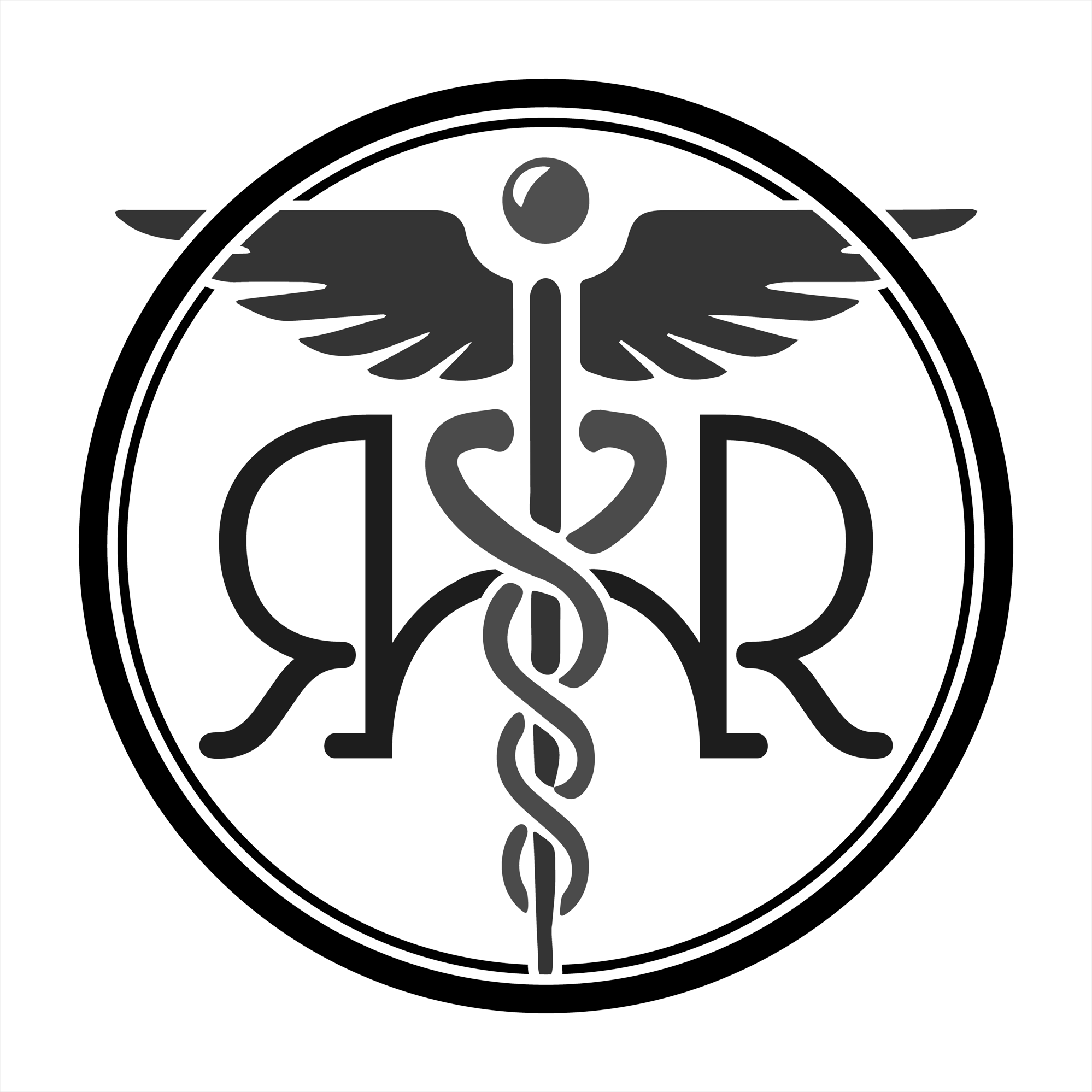Three Doors into Healing
When people talk about trauma therapy today, they often imagine modern, body-based approaches like Somatic Experiencing (SE). Others picture hypnosis, with trance and suggestion. Fewer still know of Mesmerism, the ancestor of both, which in the eighteenth and nineteenth centuries shook Europe with stories of “miracle cures.”
All three are different ways of opening the same door: helping the body-mind release what has been stuck. But they do so with different languages, tools, and levels of intensity.
Somatic Experiencing: Healing Through the Body
Somatic Experiencing, developed by Peter Levine, works by tracking the body’s internal sensations. Trauma is seen as incomplete survival responses that were never discharged.
- Trembling, yawning, tears, heat, or subtle twitches are the body’s way of releasing that bound energy.
- The therapist supports “titration”: moving between calm and activation in small, safe steps.
- The goal is regulation, resilience, and safety.
It’s gentle and steady, but also slow. SE mostly stays at the body level: it rarely changes beliefs or deep emotional patterns without extra layers of work.
Hypnosis: Mind, Body, and Emotion in Trance
Hypnosis is often mistaken as “just suggestion,” but from its earliest days it always included body phenomena: catalepsy (immobility), anaesthesia, ideomotor responses, even automatic movements. Add in emotional release (abreaction) and you have a triad of mind, body, and emotion working together in trance.
- The hypnotist narrows attention and bypasses the critical filter.
- Suggestions reshape thought and behaviour.
- Body signs (fingers moving, arms floating) show the unconscious at work.
- Emotions can surface and clear in ways that bring relief.
This makes hypnosis faster than pure body work, because it reshapes the meaning of the traumatic imprint as well as the physical response.
Mesmerism: The Forgotten Ancestor
Before hypnosis was named, Franz Anton Mesmer spoke of “animal magnetism,” a vital force flowing between operator and subject. His methods — passes with the hands, intense gazes, magnetic rituals — created trances that often erupted in crises: convulsions, ecstasies, or cathartic outbursts.
Mesmerism included suggestion like hypnosis, and somatic phenomena like SE, but went further:
- It used ritual and theatre — group treatments, symbolic objects, ceremonial settings.
- It bypassed words and reason, dropping people straight into presence and energy.
- It opened a spirit-emotion interface, where archetypal and numinous experiences could catalyse profound change.
This was why mesmerism was associated with “miracle cures.” In modern terms, the ritual field created a state so charged that body, mind, and emotion re-organised all at once.
Comparing the Three
| Aspect | Somatic Experiencing (SE) | Hypnosis | Mesmerism |
|---|---|---|---|
| Worlds engaged | Body (with emotional spill) | Mind–Body–Emotion | Mind–Body–Emotion–Spirit |
| Release signs | Tremors, yawns, sighs | Abreaction, ideomotor, catalepsy | Crises, convulsions, ecstasies |
| Practitioner role | Co-regulator, neutral guide | Guide, suggester, reframer | Operator, magnetic catalyst, ritualist |
| Style | Gentle, titrated, slow | Structured, word-based, flexible | Nonverbal, energetic, dramatic |
| Strengths | Safe and grounding | Direct reprogramming of patterns | Rapid, catalytic, archetypal healing |
| Limits | Slow, mostly bodily | Relies on suggestibility | Can overwhelm, dependent on operator |
Three Doors, One House
Each method is a doorway:
- SE is the body door: safe, steady, but slow.
- Hypnosis is the mind-emotion door: quicker, reframes meaning as well as feeling.
- Mesmerism is the spirit door: ritual, presence, and shock creating rapid change.
They are not mutually exclusive. In fact, some of the most powerful healing happens when they’re combined: the grounding of SE, the reframing of hypnosis, and the profound field of mesmerism.
What changes is the pace, the style, and the depth of entry. But in the end, all three seek the same thing: to free us from patterns that no longer serve, and restore our natural capacity for balance, resilience, and wholeness.
How I Work
In my own practice I don’t separate these approaches — I weave them together. Each one touches a different layer of the human system, and healing becomes most powerful when body, mind, emotion, and spirit are engaged as one field.
- From hypnosis I use trance and suggestion to reframe limiting patterns and open the unconscious to new possibilities.
- From mesmerism and fascination I draw on presence, gaze, and nonverbal influence to bypass thinking altogether and create a deep space where change happens instinctively.
- From somatic methods I use breathwork, vagal toning, and body awareness to regulate the nervous system and release stored activation.
- From polyvagal therapy I map interventions to the three levels of the autonomic nervous system — sympathetic activation, parasympathetic collapse, and ventral vagal connection — so we can restore balance where it has been lost.
Working this way, the aim is not simply to relax or feel better in the moment, but to re-imprint the underlying code of the mind–body system. Beliefs, emotions, and survival reflexes are patterns that can be rewritten. By combining hypnotic trance, embodied release, and energetic presence, I guide people into a state where the old code dissolves and a new pattern of resilience, safety, and vitality can take root.
This is more than symptom relief. It is a reset at the deepest level of the human operating system — a way of aligning body, mind, and spirit into one coherent flow.
